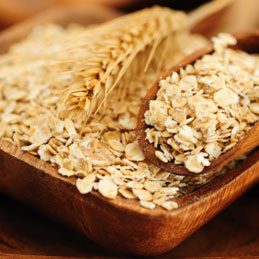
healthy cooking
There are plenty of ways to integrate healthy cooking into your daily routine.

1. Use Olive Oil
Cook and bake with olive oils and canola oils instead of vegetable oil. Canola oil is rich in omega-3 fatty acids; other vegetable oils contain high levels of omega-6 fatty acids that can promote inflammation – a potential marker for heart disease. And they don’t offer as much monounsaturated fat, which protects “good” HDL cholesterol, as olive oil. When baking, experiment with the least amount of butter or margarine you can use. Try replacing half with canola oil.

2. Opt for Brown Starch
Buy brown rice, whole-grain cereals and whole-grain pasta (or a whole wheat/refined wheat mix) instead of the white varieties. You’ll get heart-healthy fibre and antioxidants, such as natural vitamin E, and you will help control sharp rises in blood sugar that lead to hunger and ultimately raise the risk of heart disease and diabetes.

3. Add Vegetables to Every Meal
You can always add some extra vegetables to soups, stews, and casseroles. When heating canned soups, stir in some frozen vegetables. If you’re making homemade soup or stew, prepare twice the amount of vegetables called for. Cook and purée half and add them to the dish., then cook the rest as directed.

4. Always Have Fruit Around
Keep a covered container of washed, bite-sized fruit (cut fruit or grapes or berries) in the fridge. Visit the fruit bowl, rather than the cookie jar, when you need a bite to eat.